
EU Parliament votes in favor of abortion travel fund
Bridget Sielicki
·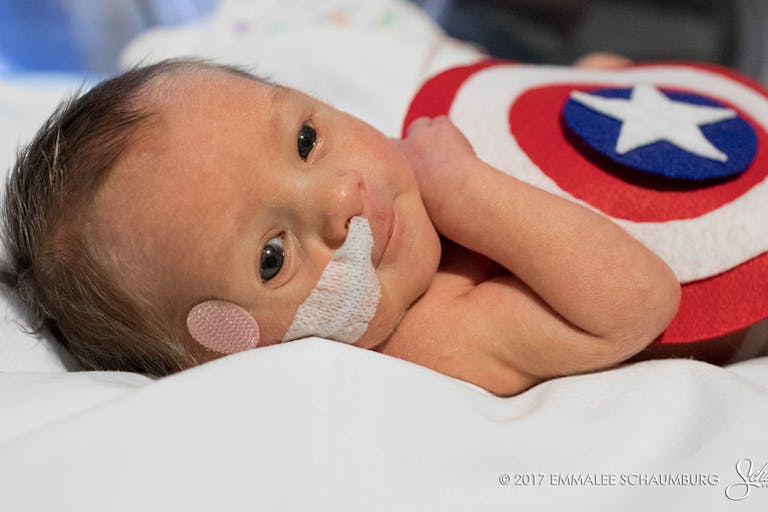
Tiny preemies celebrate their first Halloween with adorable costumes
Each year, countless families across the country have to find a way to celebrate the holidays from inside a hospital. Parents of premature babies are often battling through stressful, emotionally trying times as their babies fight to survive. But at St. Luke’s Hospital in Kansas City, Missouri, the tiny preemies still get to celebrate holidays like Halloween — complete with tiny, adorable costumes.
By partnering with the March of Dimes, the hospital makes sure that preemies get to wear their first costumes. “Every day, a child in the NICU can be frightening and uncertain, but holidays are especially tough, as families miss the normal joys of celebrations at home,” Rebecca Keunen, March of Dimes/NICU family support coordinator for St. Luke’s, said. Parents get to keep the precious photos of their babies dressed as butterflies and ladybugs, Wonder Woman and Batman.
Nurses and volunteers work together to bring the holidays into the NICU each year. “The idea is to be able to allow parents to have a sense of normalcy,” Michelle Manual, St. Luke’s director of media relations, said in an interview with ABC News. “In the NICU you might be there for weeks or months and this is to help spend that first Halloween and those special first moments together—make those special family memories with us.”
And the most popular costumes? Superheroes, and for good reason. “These are our NICU super babies,” Manuel said.
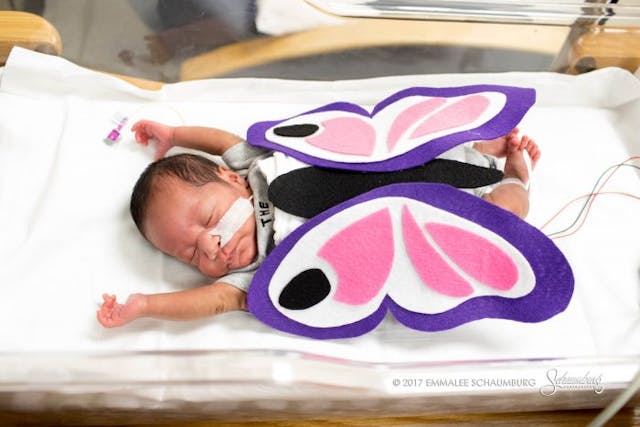
Article continues below
Dear Reader,
In 2026, Live Action is heading straight where the battle is fiercest: college campuses.
We have a bold initiative to establish 100 Live Action campus chapters within the next year, and your partnership will make it a success!
Your support today will help train and equip young leaders, bring Live Action’s educational content into academic environments, host on-campus events and debates, and empower students to challenge the pro-abortion status quo with truth and compassion.
Invest in pro-life grassroots outreach and cultural formation with your DOUBLED year-end gift!
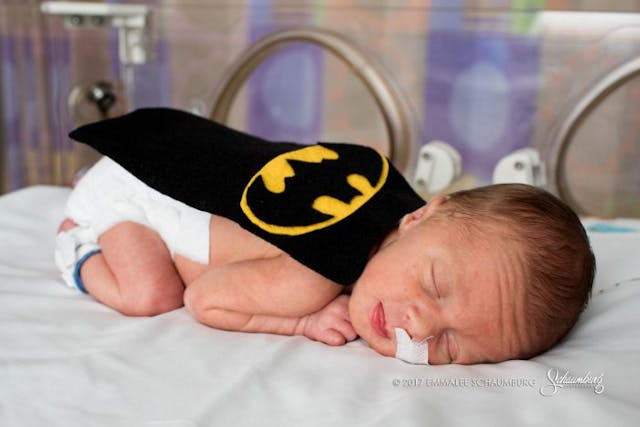
Premature babies are now able to survive at younger and younger ages — but it depends entirely on the attitude of the hospital treating them, according to a study published in the New England Journal of Medicine. Dr. Edward Bell, one of the study’s leaders, said that parents needed to know that “the hospital that you go to might determine what happens to your baby, although many parents are not in a position to shop around when they find themselves in these emergency situations.” Some hospitals are only willing to give comfort care to preemies, as opposed to active treatment. A baby born at 22 weeks was 18 percent more likely to survive if he or she received active treatment versus purely comfort care.
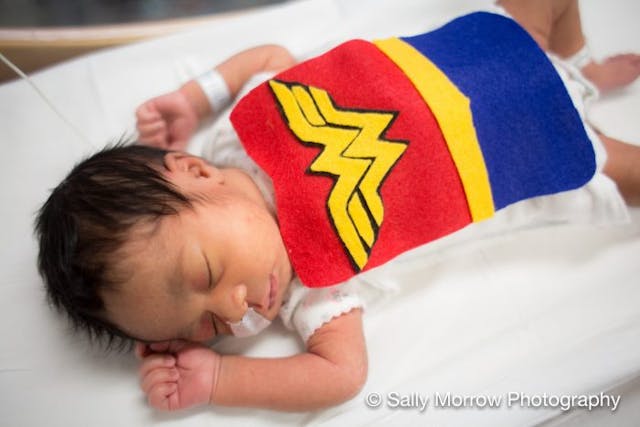
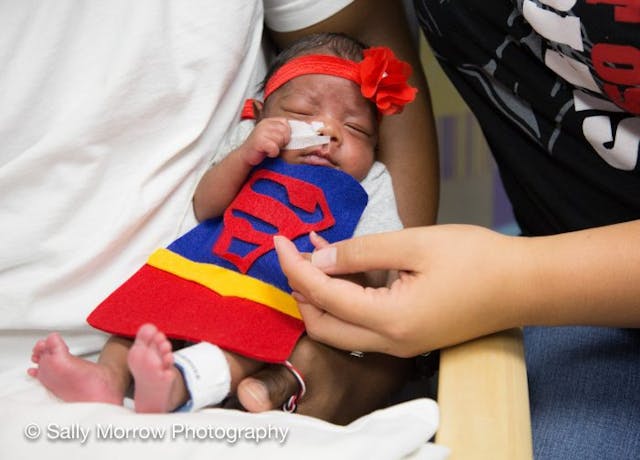
It seems evident that there is a bias — the youngest preemies may survive, but potentially with significant disabilities, which is why so many doctors refuse active treatment. So the attitude of the hospital can mean the difference between life and death.
And no matter how small a baby may be, he or she deserves the chance not only to live, but to be celebrated… as St. Luke’s staffers show.
Live Action News is pro-life news and commentary from a pro-life perspective.
Contact editor@liveaction.org for questions, corrections, or if you are seeking permission to reprint any Live Action News content.
Guest Articles: To submit a guest article to Live Action News, email editor@liveaction.org with an attached Word document of 800-1000 words. Please also attach any photos relevant to your submission if applicable. If your submission is accepted for publication, you will be notified within three weeks. Guest articles are not compensated (see our Open License Agreement). Thank you for your interest in Live Action News!

Bridget Sielicki
·
Guest Column
Unplanned Stories
·
Human Interest
Nancy Flanders
·
Politics
Nancy Flanders
·
Human Interest
Angeline Tan
·
Human Interest
Bridget Sielicki
·
International
Cassy Cooke
·
Pop Culture
Cassy Cooke
·
Politics
Cassy Cooke
·
Politics
Cassy Cooke
·
Pop Culture
Cassy Cooke
·